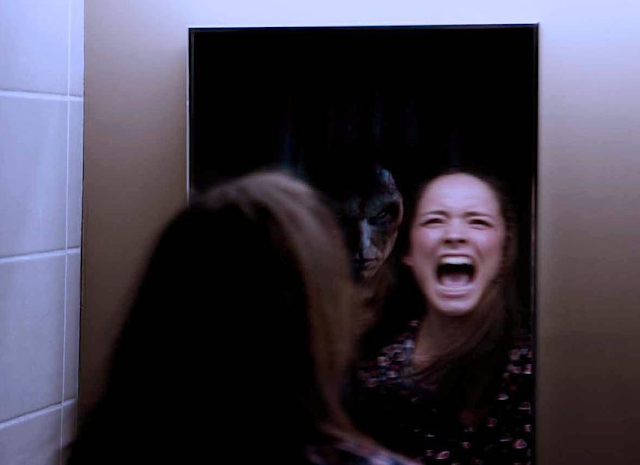In the culture of folklore and street children, "Bloody
Mary" is a game in which a fantasy of the same name or sometimes other
names, such as Mary Worth, is said to appear in a mirror when called.
One of the most common ways that participants try to make it
look is to stand in front of a mirror in the dark most often in a spa and
repeat its name three times, though there are many changes. In some versions of
the legend, the caller must say, "Mary Bloody, I killed your son!" or
"I killed your baby." In these variants, Bloody Mary is often
believed to be the soul of a mother often a widow who killed her children, or a
young mother whose child was stolen from her, which made her crazy and she
eventually committed suicide.
In stories where Mary should be mistakenly accused of
killing her children, the querient might say "I believe in Mary
Worth." This is similar to another game involving the call of the Bell
Wizard in a mirror at midnight. The game is often a test of courage, as it is
said that if Mary's bloody call, she will continue to kill the call in an
extremely violent way, such as removing her or his face, scratching his or her
eyes , driving the crazy person or bringing the person in the mirror with it.
Other changes say that the querent should not look directly at it, but in its
image in the mirror it will reveal the future of the asker, especially with
regard to marriage and children.


Comments
Post a Comment